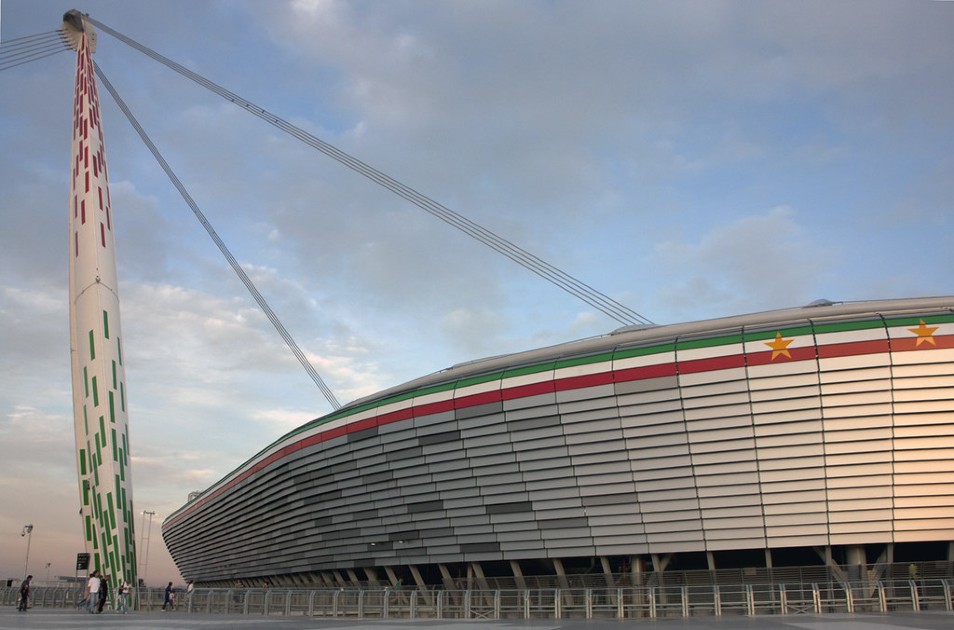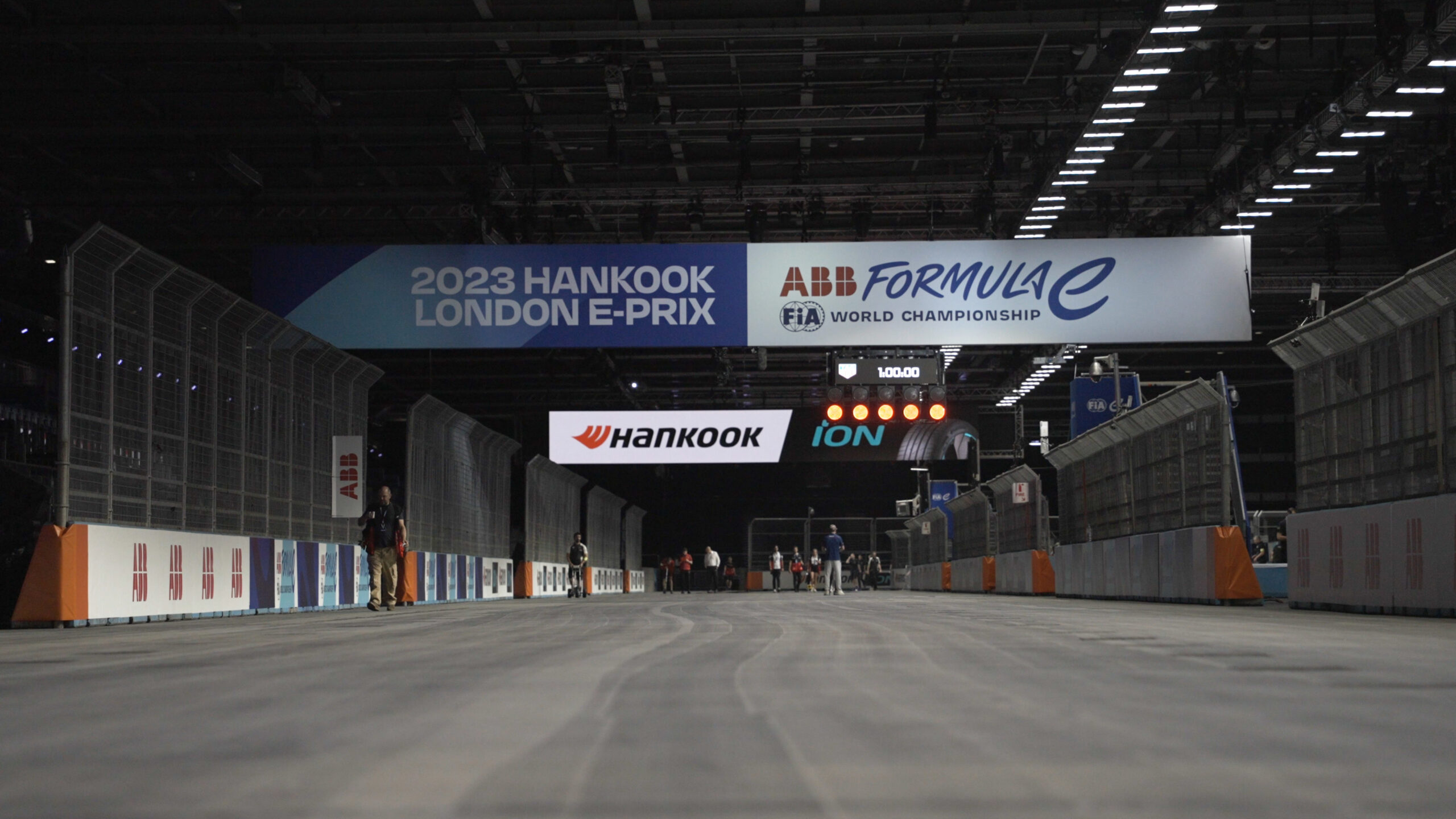Faced with the challenge of attracting back spectators, sports clubs are aware that the stadium experience needs to be irresistible to fans in the “new normal”.
This has led, over the past year-and-a-half, to several stadium refurbishment projects accelerating, such as Lord’s Cricket Ground in London. For others, the focus has been on pressing ahead with plans for transformative new venues, like English Premier League (EPL) football club Everton, which secured planning permission in February for the stunning Bramley Moore Dock project.
Although the importance of luring supporters back to their seats has been underlined by the impact of Covid-19 on attendances, the criteria clubs use for weighing up whether to renovate their existing stadium, or move to a new one, has largely remained the same.
A key motivation, of course, is financial. Stadium maintenance is expensive in the long term, especially when facilities are built with only the short-term in mind and cannot be adapted for future use. However, a newbuild often requires significant up-front investment – and many budgets have been squeezed due to the pandemic.
For many sports enterprises that are pressing ahead with new developments, the focus has changed somewhat. Whereas in years gone by sports clubs may have considered the availability of space to expand and the possibility of increasing the capacity as the deciding factor in whether to ‘rebuild or refresh’, nowadays the outlook is more nuanced.
Experience over capacity
Optimising the stadium experience, rather than merely increasingly the capacity, is now considered by most proactive sports organisations and venue operators to be a central issue in the debate.
That is why, for example, Italian Serie A football giant Juventus opted to slash its stadium capacity by more than a third when it built the new Allianz Stadium (pictured) on the site of its former Stadio delle Alpi.
Juventus’ average attendance in its final season at the cavernous Stadio delle Alpi was 22,000. Since moving into its new home in 2011, the club’s average attendance – without Covid-19 restrictions – has been consistently around the 38,000 mark. As a result, matchday revenue quadrupled in the decade up to the 2018-19 season, while commercial revenue increased by 242% over the same period.
Of course, for some sports clubs, a new stadium is vital if they are to fulfil their ambitions. To illustrate the point, the commercial and fan ‘pulling power’ of the new Tottenham Hotspur Stadium exceeds anything that would have been possible at the EPL club’s former White Hart Lane home.
However, for many clubs, refurbishing rather than rebuilding remains the more attractive option.
Stadium lifespan
In North America, where publicly funded stadiums are more common and the lure of a new arena is often used as a bargaining chip in negotiations over a possible franchise move to a different city, the lifespan of a sports venues tends to be considerably shorter than in Europe.
For example, while 65% of last season’s English Premier League football stadiums were built more than a quarter of a century ago, the figure was less than 22% in the NFL American football league.
However, newbuilds are increasingly being built for fan engagement of the future, with adaptable spaces and attributes – and justifiably so.
Stadiums that can freshen up their facilities or look can breathe new life into a sports club’s home and drive sustainable, revenue-generating opportunities, greater fan engagement and can even contribute towards better results on the pitch, as outlined in CSM Live’s exclusive 2021 Stadium Compendium: There’s No Place Like Home – The Power of Stadiums.
Old spaces, new ideas
It should be remembered that every stadium will benefit from being refreshed at some point.
Of the 11 facilities selected as host venues for this year’s UEFA European Championships, the five that were built before the turn of the century – dating all the way back to Glasgow’s Hampden Park, which opened 118 years ago – have all seen inevitable and significant renovations over their lifetimes.
However, among the other six on the list, several have already undergone a range of upgrades, despite their relative youth.
The National Arena Bucharest, which opened only a decade ago, installed state-of-the-art LED lighting ahead of this year’s tournament, while operators of the Baku Olympic Stadium, which is barely six years old, are already preparing to apply new technologies within the venue.
Stadiums such as these are built with future upgrades in mind, whether they are fresh branding, rail seating, technological fit-outs or the next iteration of premium spaces, which have evolved from traditional corporate box set-ups to expansive areas where VIPs can roam.
That there will always be a need to build new facilities in certain circumstances, and especially where the infrastructure is missing – perhaps in emerging sporting countries – or outdated beyond the point of salvation. However, the prospect of refurbishing existing stadiums to become havens of a new post-pandemic and adaptable fan experience is set to become an increasingly enticing option for sports clubs seeking a sustainable return on investment.
If you are looking to enhance your stadium experience and would like to speak to our team about how we can work with you, please reach out to David Bull at David.Bull@csmlive.com
Image credit: l.conti (CC BY-ND 2.0) https://creativecommons.org/licenses/by-nd/2.0/legalcode
This exclusive insight is part of “Fan XP” – a newsletter designed to keep you abreast of the latest innovations, strategies and more regarding fan experience across the globe. To sign up, please click here.









